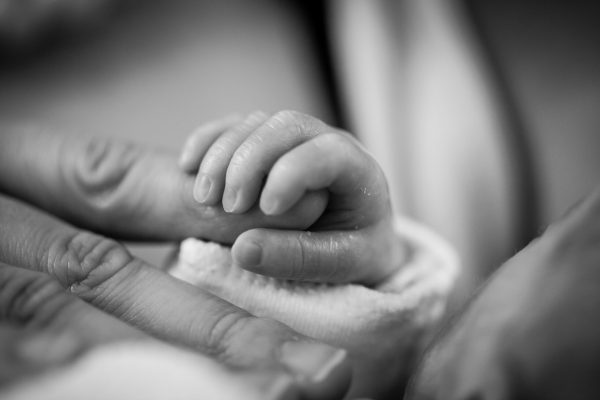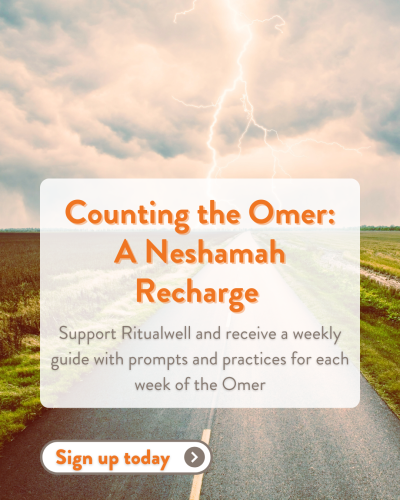We know that the Hebrew word for name (shem) also is used to refer to the core or essence of a person. This plays out in such a lovely way in Zelda’s rather famous poem, “L’khol Ish Yesh Shem,” to every person there is a name/essence.
Perhaps this understanding was also behind an earlier medieval tradition of matching the letters of a child’s Hebrew name to verses from Torah, Siddur, or Tanakh. It seemed so very meaningful, and we have incorporated it into the naming ceremonies of our children, and now our children have used the same framework for their children (our grandchildren).
As our kids explain in their naming ceremonies, while the verses related to their name may be multiple there is usually one that is most singable. This becomes the child’s contribution to “Schein Family Songs.” One of the documents below allows you to see what that looks like when all the songs live on the same sheet. This sheet of family songs often comes out at birthdays, haggim, or family celebrations. The other document is a baby naming ceremony for our grandson Caleb.













